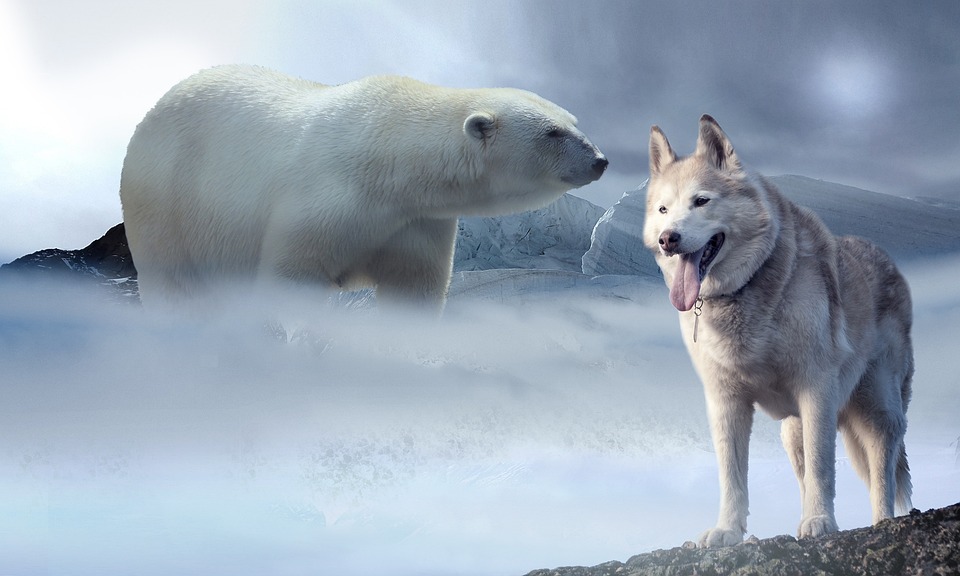Introduction
Volcanic eruptions are significant geological events that can have profound effects on the Earth’s atmosphere and climate. When a volcano erupts, it releases various particles and gases into the atmosphere, which can lead to temporary cooling of global temperatures. Understanding the mechanisms behind this cooling is crucial for comprehending climate dynamics and historical temperature shifts.
How Volcanic Eruptions Release Particles and Gases into the Atmosphere
During an eruption, a volcano expels a mixture of volcanic ash, gases, and aerosols into the atmosphere.
– Volcanic Ash and Gases: Key gases include sulfur dioxide (SO₂), which plays a critical role in climate impact.
– Formation of Sulfate Aerosols: When sulfur dioxide reaches the stratosphere, it reacts with water vapor to form sulfate aerosols. These aerosols are tiny reflective particles that can block incoming sunlight.
– Impact of Ash and Dust: In addition to sulfate aerosols, volcanic ash and dust also contribute to the reflective capacity of the atmosphere, further reducing sunlight penetration.
The Role of Sulfate Aerosols in Cooling the Climate
Sulfate aerosols are instrumental in causing a cooling effect on the planet:
– Reflection of Sunlight: These aerosols reflect sunlight away from Earth, leading to reduced surface temperatures.
– Duration of Cooling: The cooling effect from these aerosols can last anywhere from several months to a few years, depending on the eruption’s magnitude and the amount of material injected into the stratosphere.
Historical Examples of Climate Cooling from Volcanic Eruptions
Several notable eruptions have demonstrated the cooling effect that volcanic activity can have:
– Mount Pinatubo (1991): This eruption led to a global temperature drop of approximately 0.5°C (0.9°F) for over a year due to the massive injection of sulfur dioxide into the stratosphere[6].
– Krakatoa (1883): The eruption caused a significant global temperature decrease, contributing to what became known as the “year without a summer,” with an average temperature drop of about 1.2°C (2.2°F) over several years[4].
– Mount Tambora (1815): This eruption resulted in an estimated global land temperature decrease of around 1.9°C (±0.2°C), causing widespread agricultural failures and famines across Europe and Asia[5].
Difference Between Short-Term Cooling and Long-Term Climate Change
The cooling effects from volcanic eruptions are typically short-lived compared to long-term climate change drivers:
– Short-Term vs. Long-Term Effects: While volcanic eruptions can induce temporary cooling, their overall contribution to long-term climate change is minimal compared to human-induced greenhouse gas emissions.
– CO₂ Emissions Comparison: Volcanic CO₂ emissions are significantly lower than those produced by human activities; for instance, human activities release CO₂ equivalent to a Mount St. Helens-sized eruption every 2.5 hours[7].
Potential Impacts of Volcanic Cooling on Ecosystems and Agriculture
Sudden cooling from volcanic eruptions can have detrimental effects on ecosystems and agricultural productivity:
– Disruption of Growing Seasons: Abrupt temperature drops can lead to shortened growing seasons or crop failures.
– Historical Examples: The aftermath of major eruptions like Tambora has been linked to food shortages and famine in various regions due to significant drops in agricultural yields.
FAQs
– How long does volcanic cooling last?
Volcanic cooling typically lasts from several months up to two years, depending on the eruption’s scale and atmospheric conditions.
– Do all volcanic eruptions cause cooling?
Not all eruptions result in significant cooling; it depends on factors such as the volume of gases released and their ability to reach the stratosphere.
– What is the difference between volcanic ash and sulfate aerosols?
Volcanic ash consists of solid particles ejected during an eruption, while sulfate aerosols are formed when sulfur dioxide gas reacts with water vapor in the atmosphere.
– How much can a volcanic eruption cool the Earth?
Major eruptions can cool global temperatures by approximately 0.5°C to 1.9°C over several years, depending on various factors including eruption magnitude and atmospheric conditions.
– Are volcanic eruptions significant contributors to climate change?
While they can cause temporary cooling periods, their overall contribution is minor compared to human-induced emissions.
Conclusion
Volcanic eruptions are powerful natural events that can lead to temporary cooling through mechanisms such as sulfate aerosol formation. Historical examples illustrate their potential impact on global temperatures. However, these effects are transient compared to long-term climate change driven by human activities. Studying these phenomena is essential for understanding their role in climate dynamics and improving future climate models.

Kyle Whyte is a notable scholar and professor at the University of Michigan, holding positions such as the George Willis Pack Professor in the School for Environment and Sustainability and Professor of Philosophy. Specializing in environmental justice, his work critically examines climate policy and Indigenous peoples’ ethics, emphasizing the nexus between cooperative scientific endeavors and Indigenous justice. As an enrolled Citizen Potawatomi Nation member, he brings a vital perspective to his roles as a U.S. Science Envoy and member of the White House Environmental Justice Advisory Council. His influential research is supported by various prestigious organizations including the National Science Foundation, and disseminated through publications in high-impact journals. Kyle actively contributes to global Indigenous research methodologies and education, with affiliations to numerous institutes and societies dedicated to traditional knowledge and sustainability. Recognized for his academic and community engagement, Kyle has earned multiple awards and served in various visiting professorships. His efforts extend to leadership positions on boards and committees focused on environmental justice nationwide.
